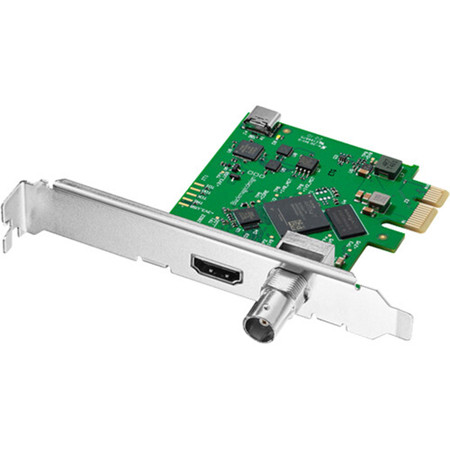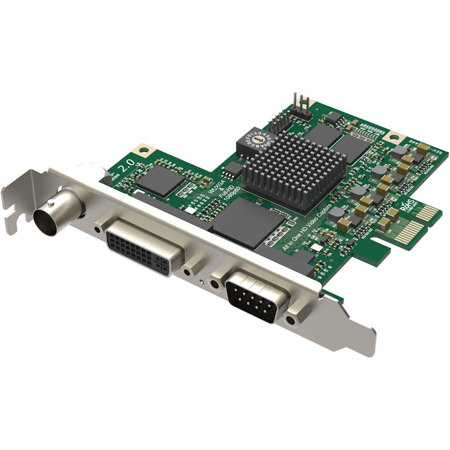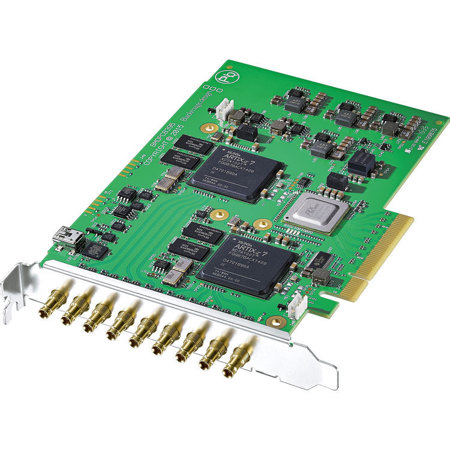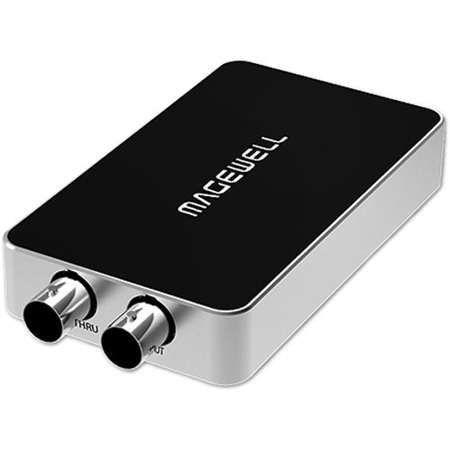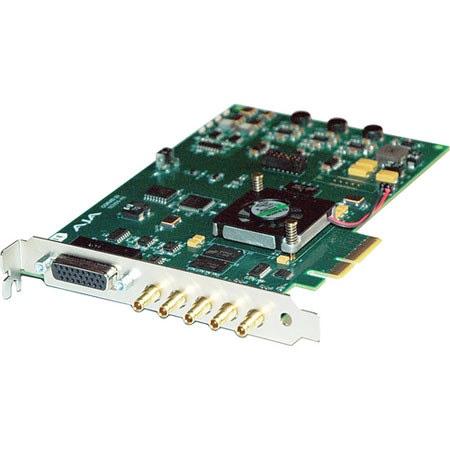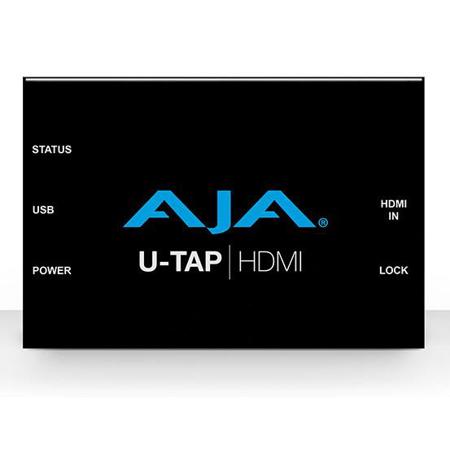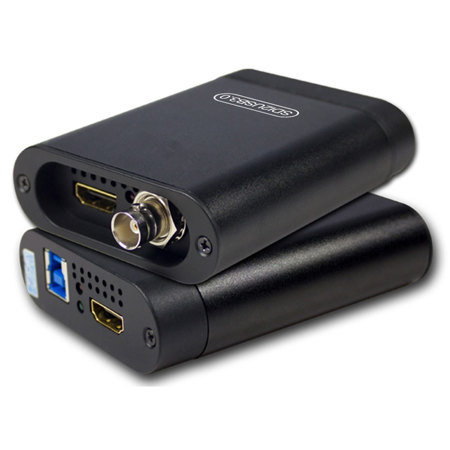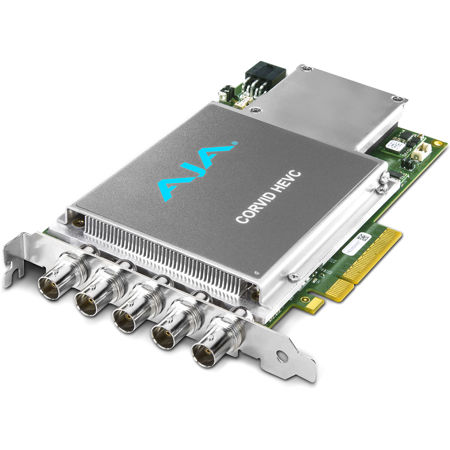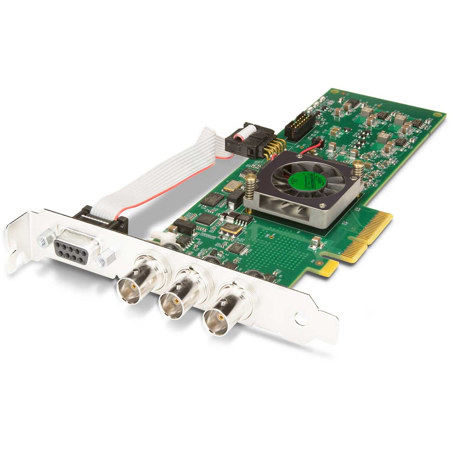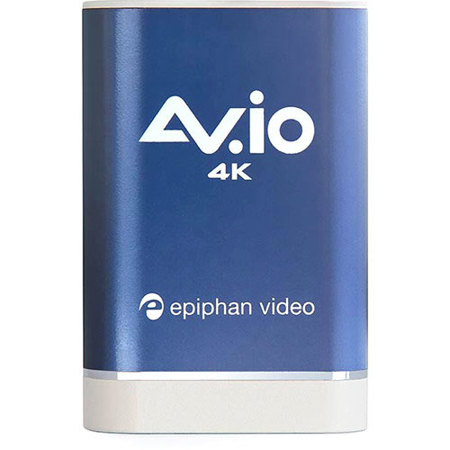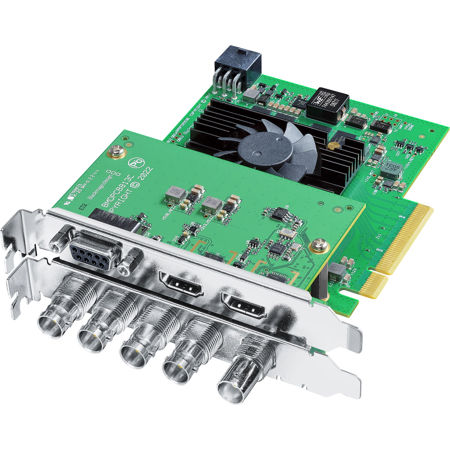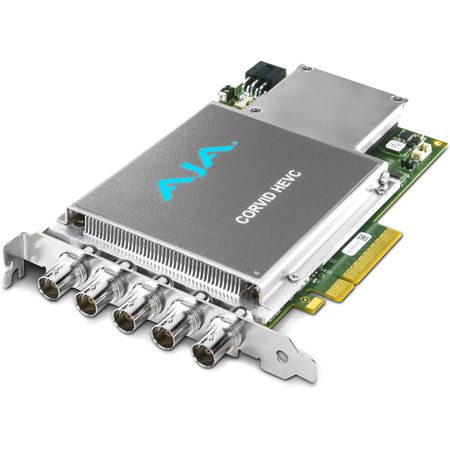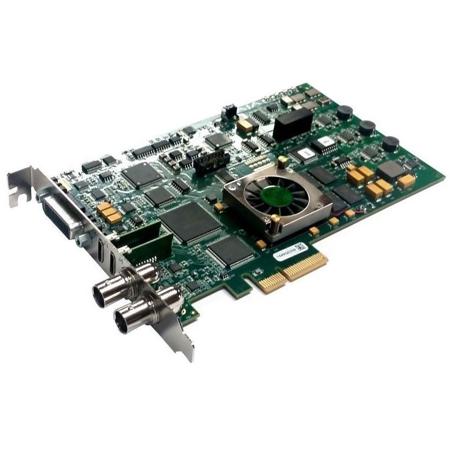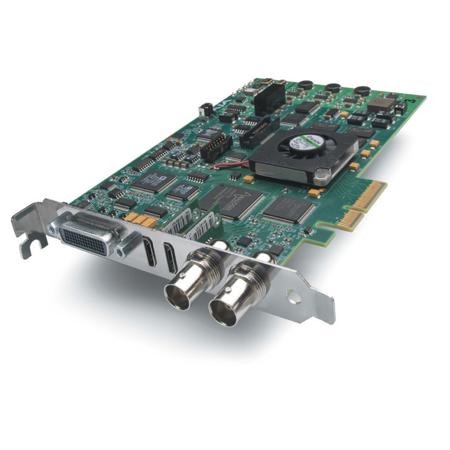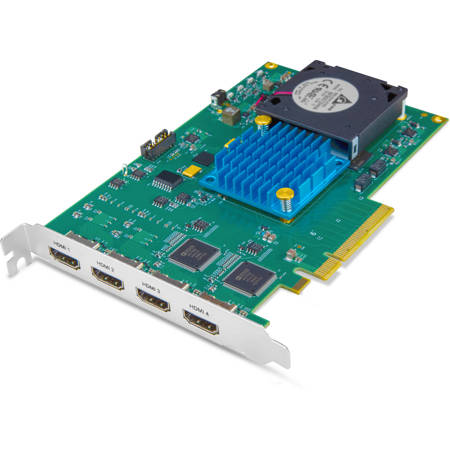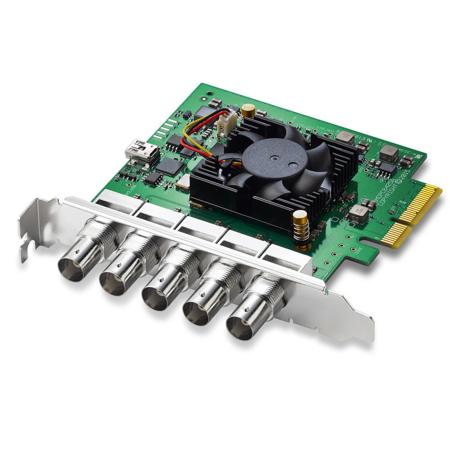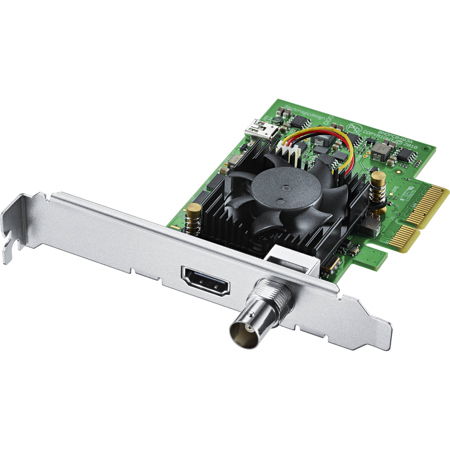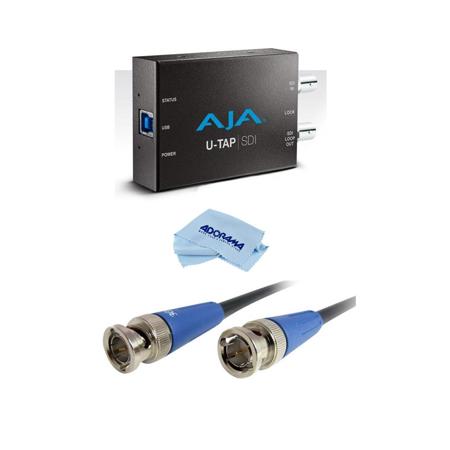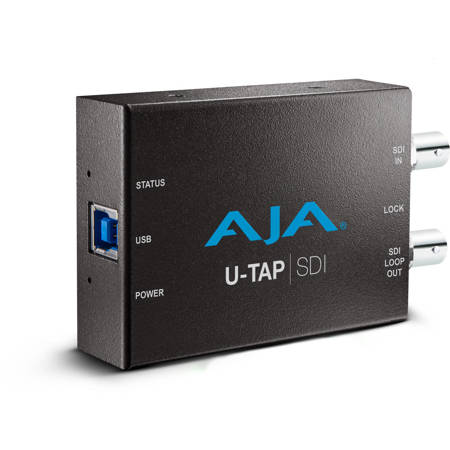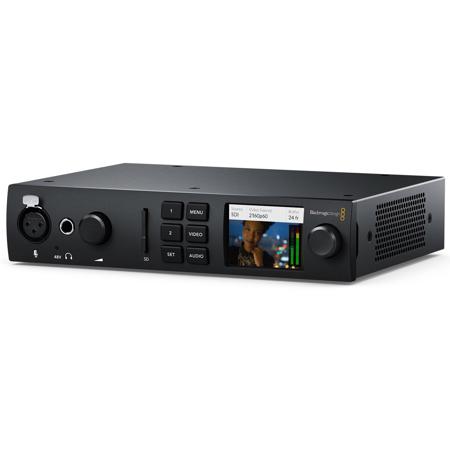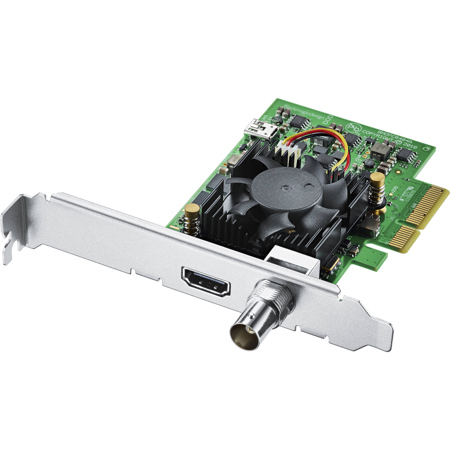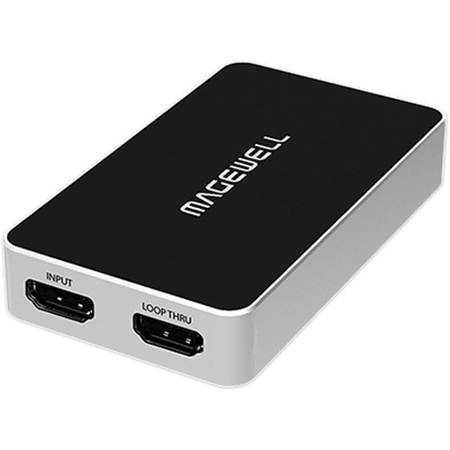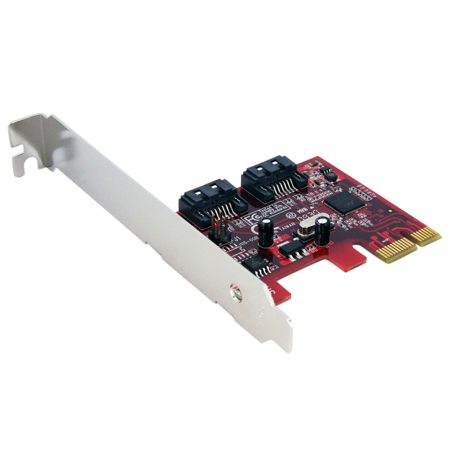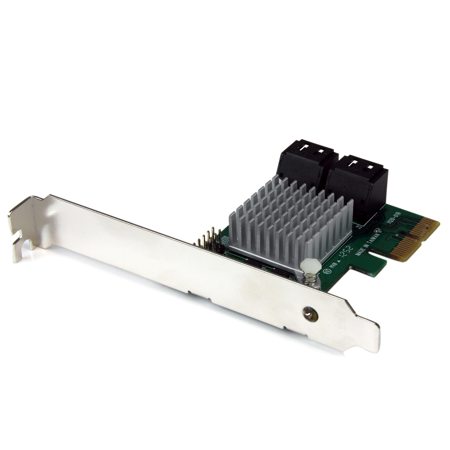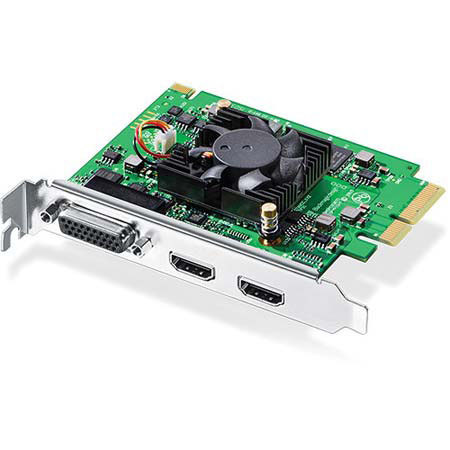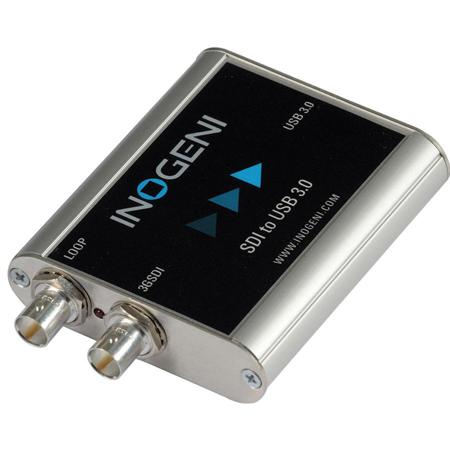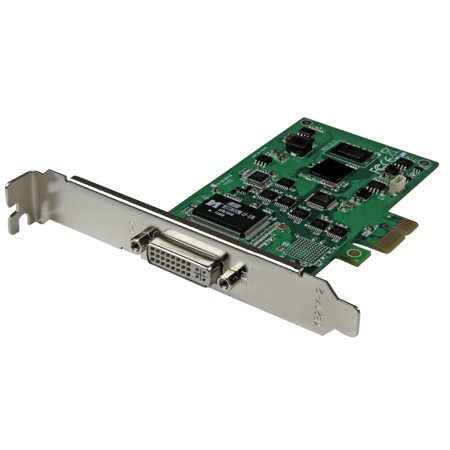Linux Compatible Video Capture Cards
When searching for Linux compatible video capture cards, it’s essential to balance performance, reliability, and ease of integration with your preferred Linux distribution. As the days grow shorter and creative projects move indoors, many content creators, streamers, and video professionals turn their attention to upgrading their home studios or production setups. Whether you’re capturing high-resolution gameplay, digitizing old camcorder footage, or live streaming seminars, the right capture card can make all the difference. For Linux users, the process involves more than just picking a high-spec device; you’ll want to ensure seamless compatibility with open-source drivers and plug-and-play operation. This is where UVC (USB Video Class) support becomes a key consideration. Capture cards that adhere to the UVC standard generally work out of the box on most modern Linux kernels, eliminating the need for proprietary drivers or complex installations. If you’re considering a PCIe card for advanced workflows, be prepared to spend a bit more time researching driver support and community-reported success stories, as these cards may deliver higher throughput but often require additional configuration.
The autumn season is an ideal time for both hobbyists and professionals to refresh their gear, especially with the influx of live events, virtual classes, and gaming marathons that come with the start of a new academic year. Linux compatible video capture cards are a thoughtful gift for tech-savvy friends, aspiring YouTubers, or anyone in your circle who enjoys tinkering with open-source software and multimedia projects. These cards are also indispensable tools for educators who need to record or stream lectures, remote workers setting up multi-camera video calls, and musicians capturing live performances for online audiences. When navigating the options, it’s wise to focus on the best Linux capture cards that consistently receive positive feedback from the Linux community. Look for devices with proven UVC compliance, robust build quality, and flexible input options to cover a variety of use cases—whether you’re connecting DSLRs, gaming consoles, or legacy video sources. Before making a purchase, it’s helpful to consult user forums and compatibility lists, as first-hand accounts often reveal subtle quirks or tips for optimal performance on specific Linux distributions.
For those embarking on their journey to find the ideal capture card, Adorama offers a curated selection of products designed to meet the unique demands of Linux users. The right card will empower you to capture, stream, and share your creative vision without technical roadblocks, no matter if you’re editing a cinematic short film or broadcasting a live coding session. As you explore your options, remember that the Linux ecosystem thrives on community knowledge and shared experiences—take advantage of online resources and peer recommendations to ensure your investment delivers the smooth, high-quality results you expect. To discover a wider range of options and learn more about the features that matter most, visit our Video Capture Cards page for detailed product listings and expert advice tailored to your workflow.
The autumn season is an ideal time for both hobbyists and professionals to refresh their gear, especially with the influx of live events, virtual classes, and gaming marathons that come with the start of a new academic year. Linux compatible video capture cards are a thoughtful gift for tech-savvy friends, aspiring YouTubers, or anyone in your circle who enjoys tinkering with open-source software and multimedia projects. These cards are also indispensable tools for educators who need to record or stream lectures, remote workers setting up multi-camera video calls, and musicians capturing live performances for online audiences. When navigating the options, it’s wise to focus on the best Linux capture cards that consistently receive positive feedback from the Linux community. Look for devices with proven UVC compliance, robust build quality, and flexible input options to cover a variety of use cases—whether you’re connecting DSLRs, gaming consoles, or legacy video sources. Before making a purchase, it’s helpful to consult user forums and compatibility lists, as first-hand accounts often reveal subtle quirks or tips for optimal performance on specific Linux distributions.
For those embarking on their journey to find the ideal capture card, Adorama offers a curated selection of products designed to meet the unique demands of Linux users. The right card will empower you to capture, stream, and share your creative vision without technical roadblocks, no matter if you’re editing a cinematic short film or broadcasting a live coding session. As you explore your options, remember that the Linux ecosystem thrives on community knowledge and shared experiences—take advantage of online resources and peer recommendations to ensure your investment delivers the smooth, high-quality results you expect. To discover a wider range of options and learn more about the features that matter most, visit our Video Capture Cards page for detailed product listings and expert advice tailored to your workflow.
